10 Wedding Traditions from Around the World
Wedding Rituals
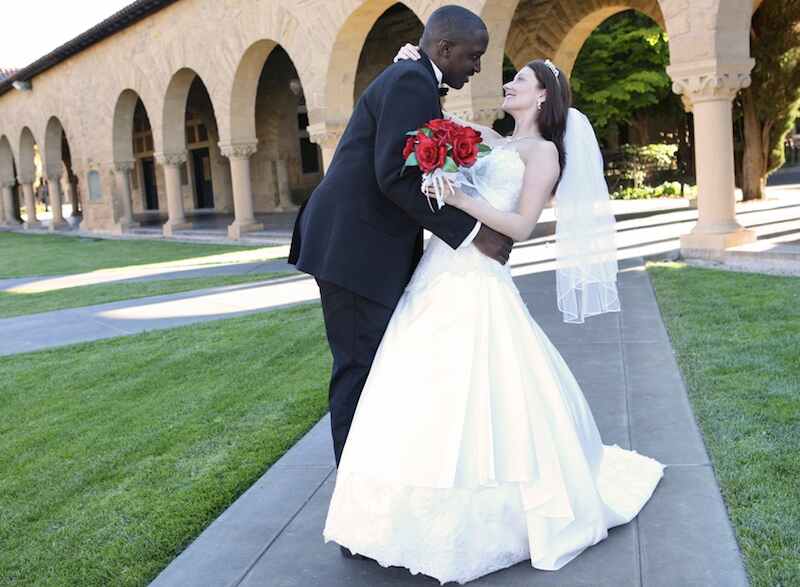
Tying the knot in any culture comes with a laundry list of traditions and rituals, including the old rhyme, "something old, something new, something borrowed and something blue." Here are some wedding traditions from around the world that go beyond the white dress and veil.
Wardrobe Change
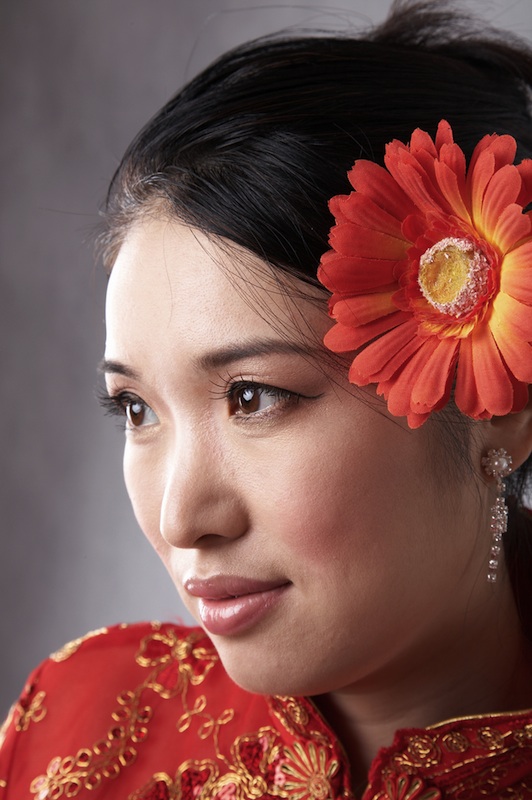
In modern China, brides pick not one wedding dress, but three. First, there's the traditional qipao or cheongsam, an embroidered, slim-fitting frock that's usually made red for weddings, because red is a strong, lucky color in Chinese culture. Next, the bride might swap into a white poufed ball gown that wouldn't look out of place at an American wedding — a bridal nod to the popularity of Western trends. Finally, the bride ducks out of the reception to change into a third dress, this one a gown of her color choice or a cocktail dress.
Painted Hands
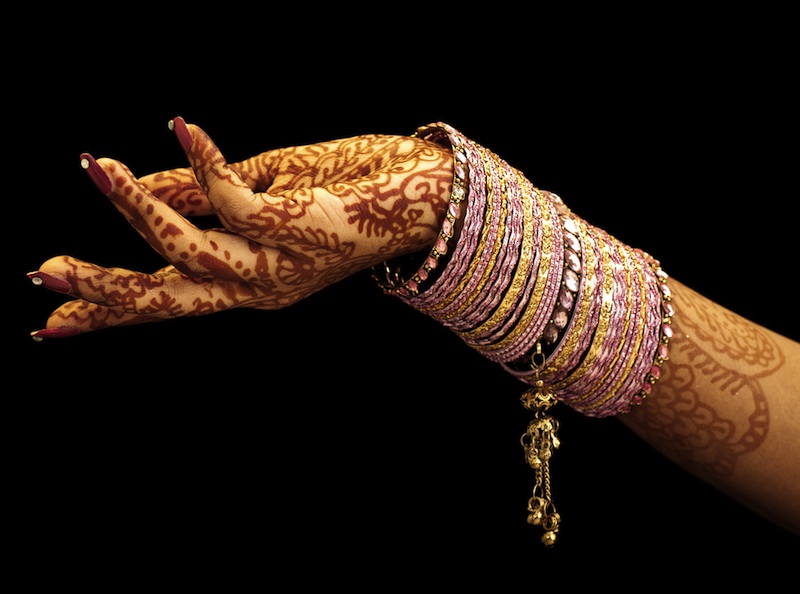
Before an Indian bride gets married, she and her female friends and family decorate their hands and feet with elaborate designs called menhdi. These temporary designs are made from the plant dye henna, and they last just a few weeks. The menhdi designs are incredibly intricate and take hours to apply, not including the time the bride must wait for the henna paste to dry and stain her skin. Turning the occasion into a "mehndi party" makes the process more fun — and provides some friends and family to help the bride out if she needs anything while she's being adorned.
Jumping the Broom
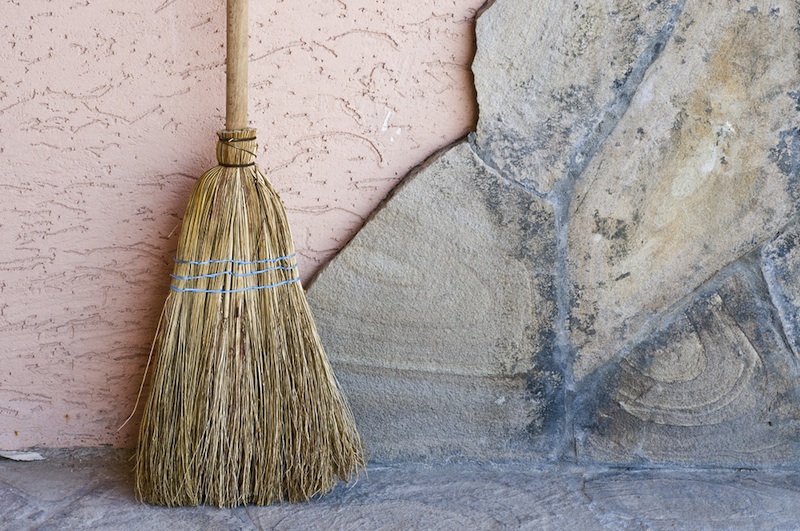
A number of cultures, from Celts to Roma (or Gypsies) have incorporated some sort of leap over a broom into their wedding traditions. Today, broom-jumping is most often found in African-American weddings, the tradition rooted in the days of slavery when marriage between enslaved men and women wasn't legally sanctioned. In the antebellum period, enslaved men and women would declare their union by jumping over a broom together.
Mazel Tov!
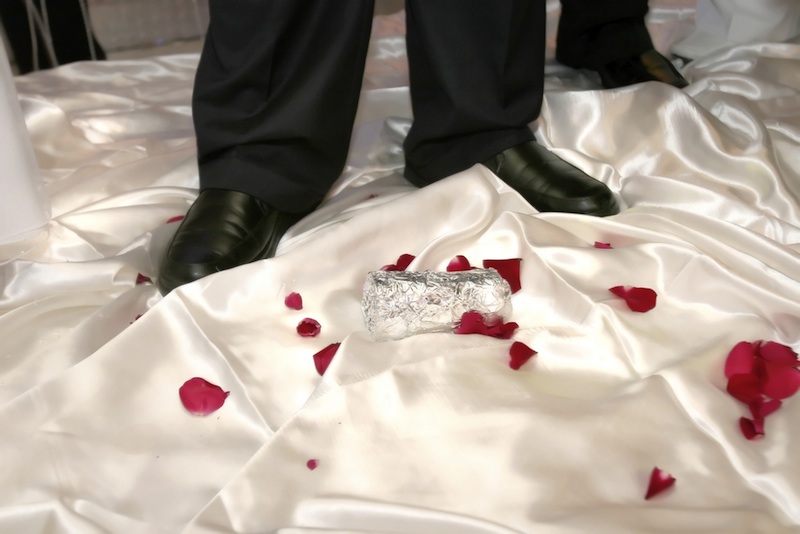
The breaking of the glass in Jewish weddings, in which the groom crushes a glass under his foot at the end of the ceremony, is a tradition with murky roots. Some hold that the breaking glass symbolizes the destruction of the great Temple in Jerusalem in A.D. 70, while others say that the broken glass is a reminder that joy should always be tempered. Either way, breaking the glass is usually undertaken in the spirit of happiness today, with wedding guests calling out "mazel tov!" (good luck!) after the glass shatters.
Baby Bridesmaids
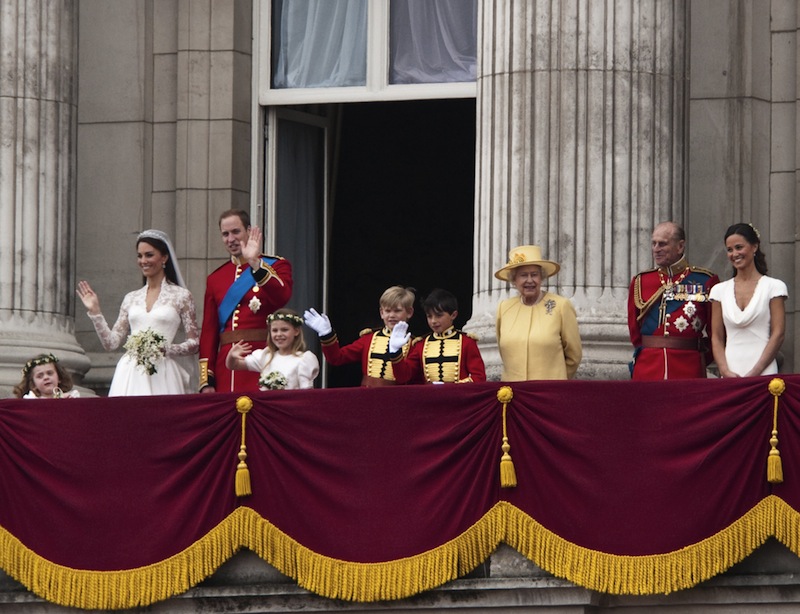
Royal weddings in the United Kingdom do bridesmaids with a twist. Usually, the bride's attendants are young girls rather than the contemporaries. At Queen Elizabeth II's wedding in 1947, there were eight bridesmaids, most younger than the 21-year-old bride. Diana had five bridesmaids, the youngest of whom was 5. The oldest was 17. Royal bride Kate Middleton took it even younger in her 2011 wedding, inviting her husband-to-be's goddaughter and Camilla Parker Bowles' granddaughter, both 3, down the aisle.
Peruvian Cake Pull
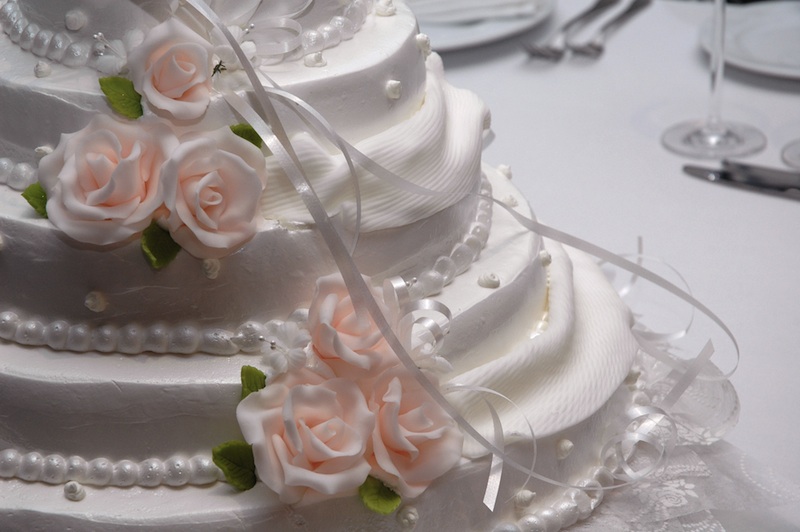
In Peru, single female guests take part in a tradition a little sweeter than a bouquet toss. Charms attached to ribbons are tucked between the layers of the wedding cake. Before the cake is cut, each woman grabs a ribbon and pulls. At the end of one ribbon is a fake wedding ring. The guest who picks that ribbon is said to be next in line for marriage.
Slaughtering a Cow
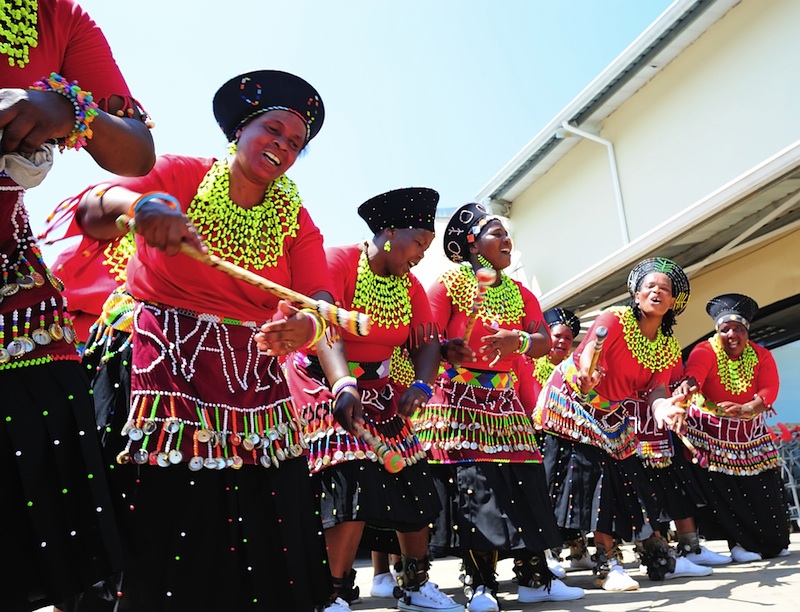
Traditional Zulu weddings are marked by vibrant colors and dance-offs between the bride and groom's families. Like many brides across the world, Zulu brides might start the day in a Western "white wedding" dress, but change into traditional tribal clothing after a church wedding. In a traditional ceremony, the groom's family slaughters a cow to welcome the bride. The bride places money inside the stomach of the cow to symbolize that she is now part of the family.
Joyous Processional
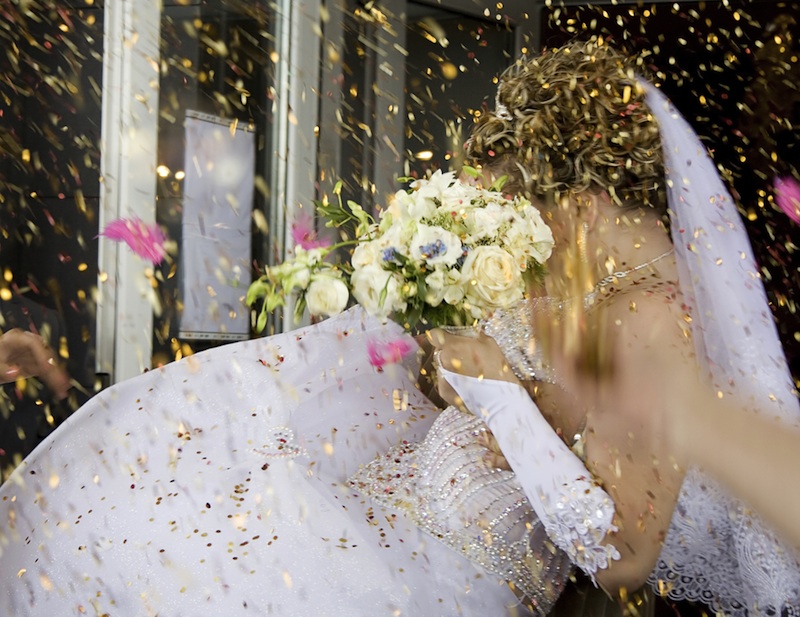
Lebanese-style weddings kick off with music, dancing and joyful shouting right outside the groom's doors. This is the "zaffe," a rowdy, traditional escort made up of friends, family, and sometimes professional musicians and dancers. This group escorts the groom to his bride's house, and then sends them off in a shower of shouted blessings and flower petals.
Ransom for the Bride

Russian grooms have to work for their brides. Before the wedding, the groom shows up at the bride's home and asks for his beloved. In jest, her friends and family refuse him until he pays up in gifts, money, jewelry or simple humiliation. Grooms are forced to do silly dances, answer riddles, and perform goofy tests of worthiness like diapering a baby doll. Once the groom impresses friends and family with this bridal ransom, or "vykup nevesty," he's allowed to meet his bride-to-be.
Ransom for the Shoes
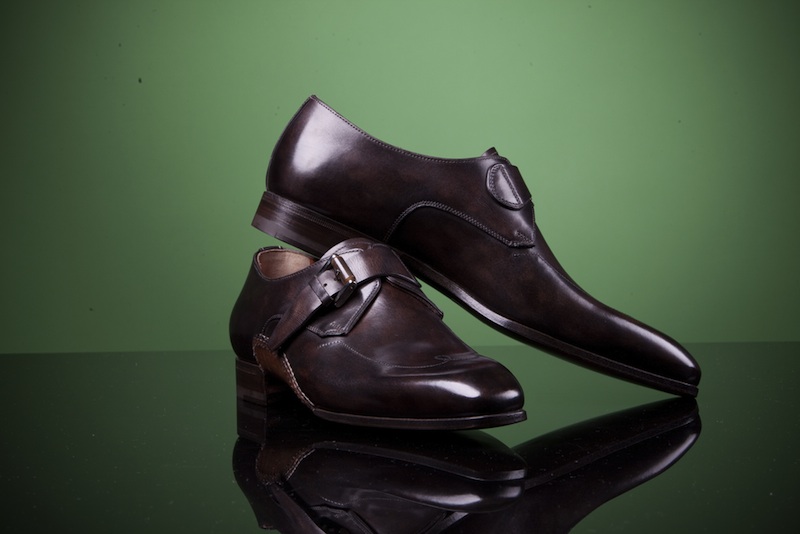
While Russian grooms are ransoming their brides, Pakistani men have to pay up if they want to keep their shoes. After a Pakistani wedding, the couple returns home for a ceremony called the "showing of the face." Family and friends hold a green shawl over the couple's heads and a mirror as the bride removes the veil she wears throughout the wedding ceremony. While the newlyweds are busy gazing at one another, the bride's female relatives make off with the groom's shoes and demand money for their safe return.
Sign up for the Live Science daily newsletter now
Get the world’s most fascinating discoveries delivered straight to your inbox.

Stephanie Pappas is a contributing writer for Live Science, covering topics ranging from geoscience to archaeology to the human brain and behavior. She was previously a senior writer for Live Science but is now a freelancer based in Denver, Colorado, and regularly contributes to Scientific American and The Monitor, the monthly magazine of the American Psychological Association. Stephanie received a bachelor's degree in psychology from the University of South Carolina and a graduate certificate in science communication from the University of California, Santa Cruz.
Why is yawning contagious?
Scientific consensus shows race is a human invention, not biological reality










